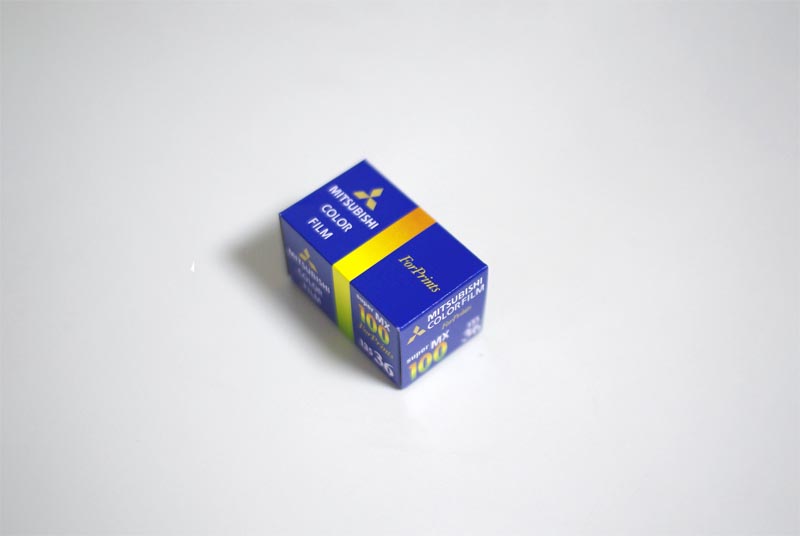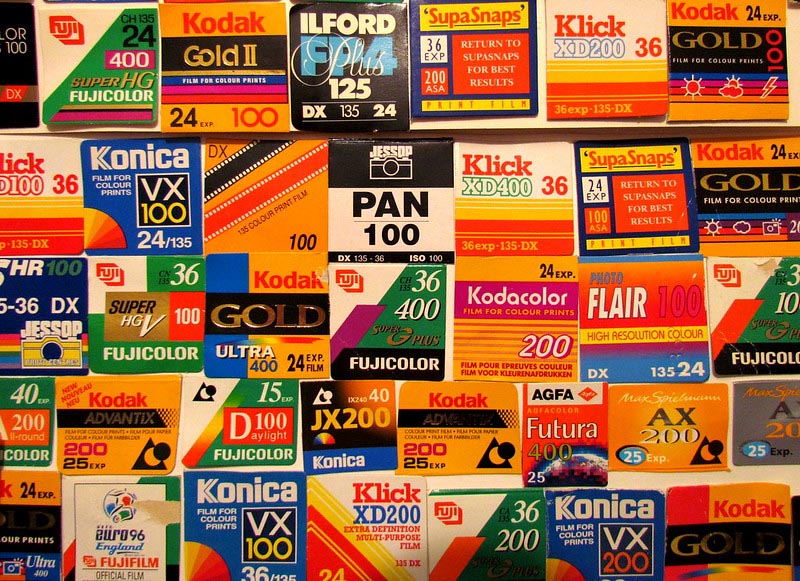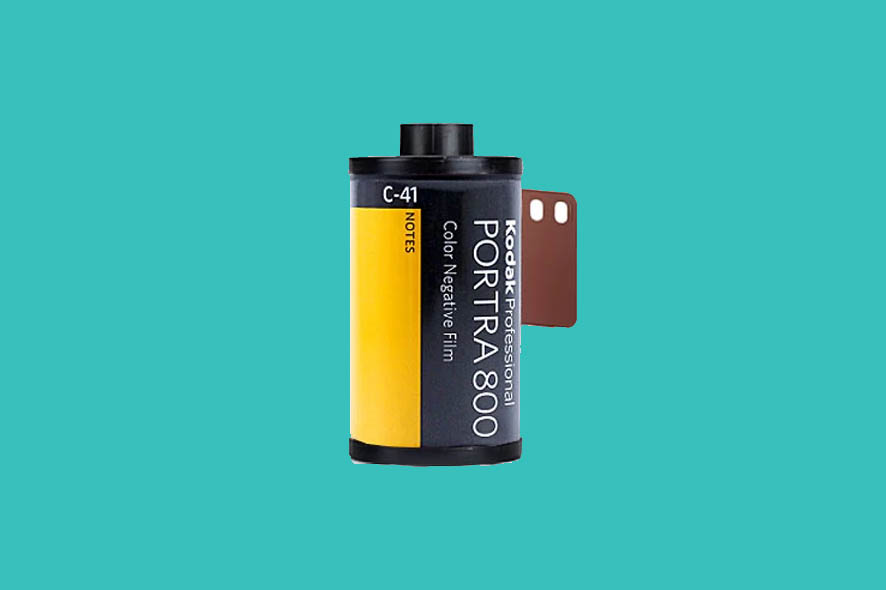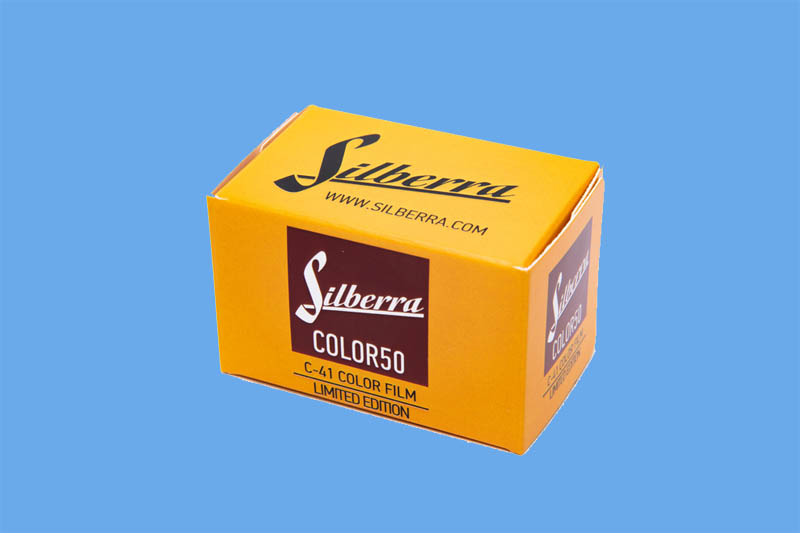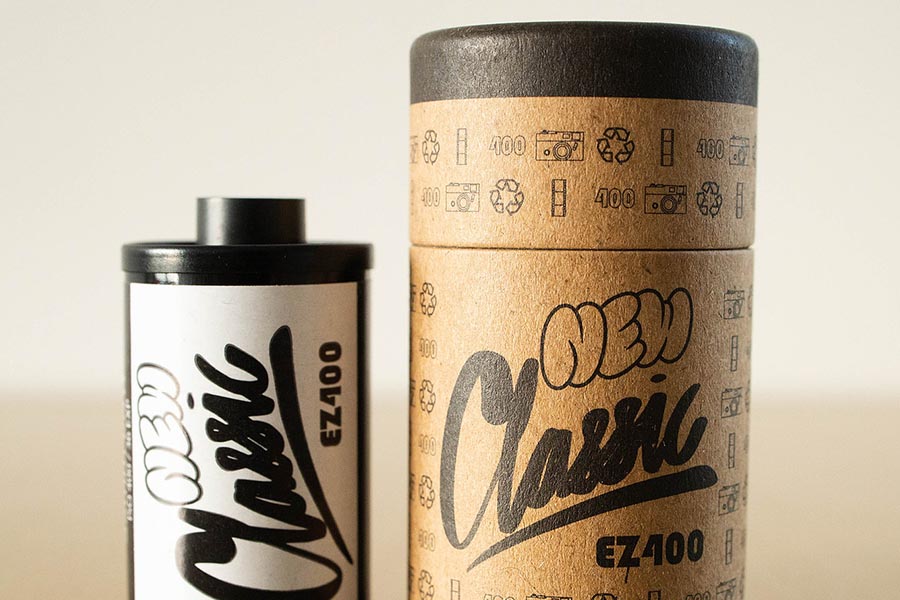Kodak Ektar 100 Review: Vibrant Colors and Fine Detail
Last Updated on July 31, 2023

The Kodak Ektar 100 film is one of the most popular options available today, having remained on the market for over 10 years with no signs of giving up. In this article, we will analyze some of its features and compare it with other films.
To provide some context, let’s review its general characteristics and a bit of its history.
Table of Contents
Specifications
| Feature | Description |
|---|---|
| ISO Sensitivity | 100 |
| Process | Color, C-41 negative |
| Grain | Ultra-fine |
| Color Saturation | Extra saturation in warm tones |
| Applications | Landscapes, studio photography, and products |
| Available Formats | 35mm, 120 medium format, 4×5 and 8×10 sheets |
History
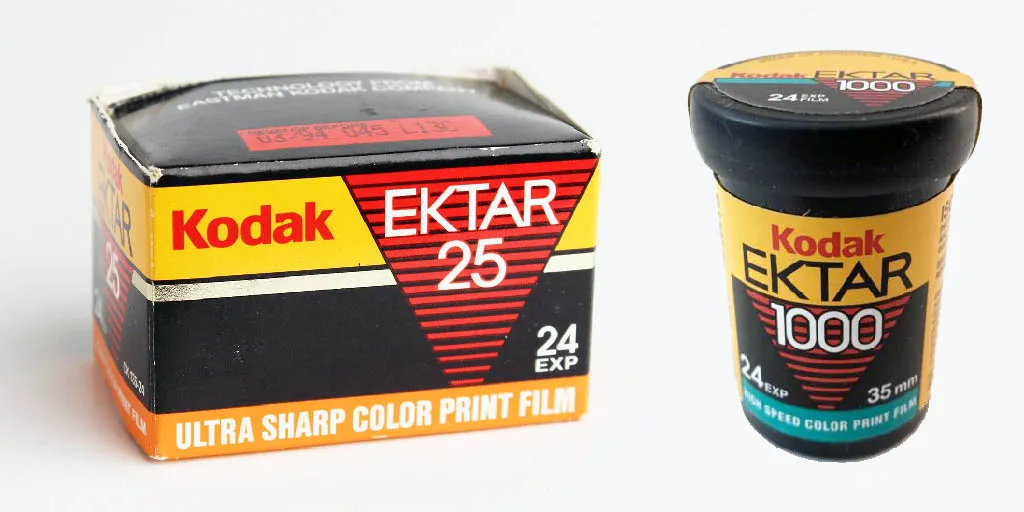
The first version of Kodak Ektar was launched in 1989 in four versions: ISO 25, 100, 400, and ISO 1000. It was promoted as a semi-professional film with fine grain, bearing some similarity to a classic slide film, the Kodak Ektachrome. The main difference was that the Ektar used the C-41 process (negative film), not the E-6 process like the Ektachrome. The Ektar also shared the extra saturation characteristic of slide films.
However, the initial version of Ektar did not fit well in the market and was discontinued in 1994, except for the ISO 400 version, which remained in production for a while longer.
It wasn’t until 2008 that Kodak reintroduced this film with a different branding, offering it in a single version, specifically ISO 100. Since its relaunch, Kodak has maintained the film’s core principles, marketing it as a “Professional” film with “the world’s finest grain.” These qualities are, in my opinion, hard to dispute.
In addition to the 35mm version, there are also versions available for the 120 format and 4×5 and 8×10 sheet film.
Characteristics
The Kodak Ektar possesses several features that set it apart from other films available in the market today. Let’s examine each of these.
Grain and Exposure
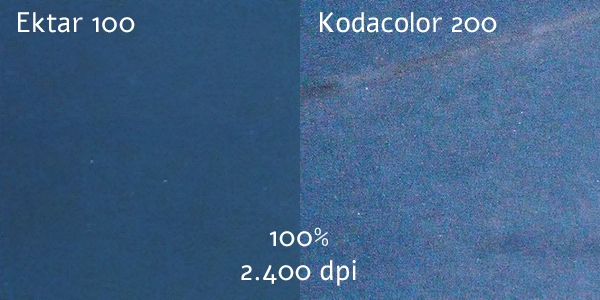
One of the standout features of Kodak Ektar 100 is undoubtedly its fine grain. This quality, coupled with its saturation characteristics, makes it reminiscent of slide films like the aforementioned Kodak Ektachrome.
The fine grain of Kodak Ektar 100 holds up reasonably well in underexposure, making it quite tolerant in this regard. This is something that is often lacking in non-professional films, such as the Kodak Kodacolor 200.
Colors
While we mentioned that Kodak Ektar exhibits a certain level of oversaturation compared to other C-41 films like Kodak Portra, it’s important to note that this effect is subtle. In general, the “extra” saturation of Ektar 100 is selective, setting it apart from slide films, where intense colors are inherent.
In illuminated areas: There is extra saturation for warm colors, especially noticeable during sunsets, skin tones, and warm colors in general. Cool colors (greens and blues) are not significantly altered.

In low-illuminated areas: There is extra saturation of cool colors in the shadows, especially when they make up a substantial part of the image, resulting in a strong presence of greens or blues. Warm colors in shadows are practically neutralized.
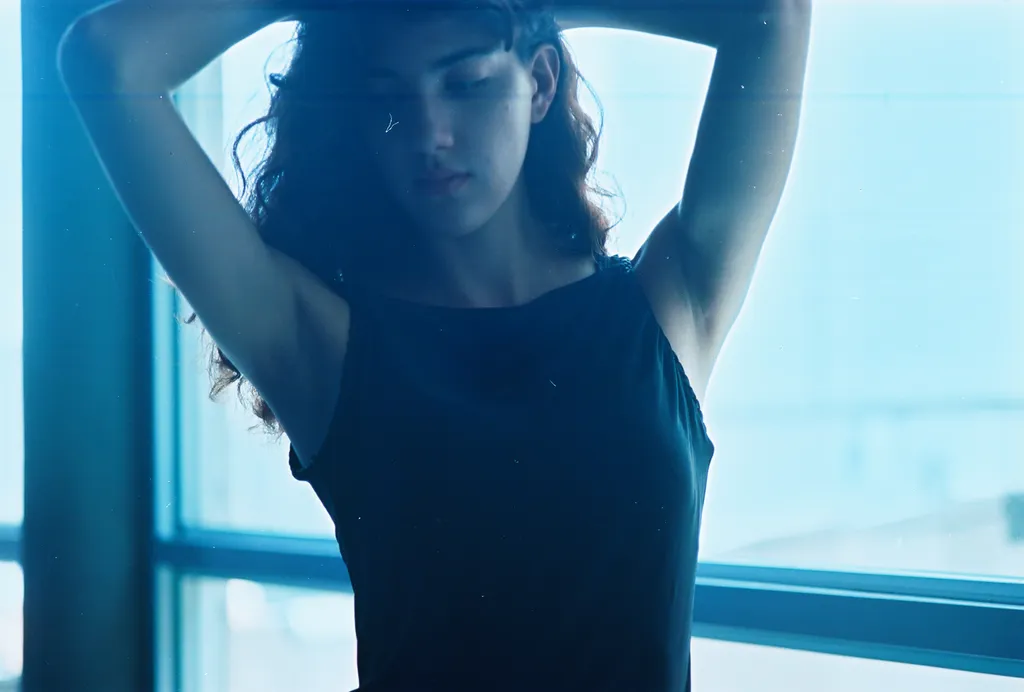
In summary, Kodak Ektar exhibits a slight oversaturation, which is, however, partial and does not lead to excessive contrast.
White Balance and Contrast
The white balance of Ektar 100 is very precise and adapts well to different lighting situations. As a professional film intended for use in daylight or with artificial lighting while maintaining neutrality, the highlights do not have a dominant tone. The film is well-balanced in this regard, as it is with contrast, which is prominent but not excessive.
Applications
In my opinion, no film should have strict limitations on its use, but certain films may excel in certain aspects. For Kodak Ektar 100, as we saw earlier, due to its behavior with certain colors and the quality of its grain, as well as being a professional film, its primary uses are:
Landscape Photography
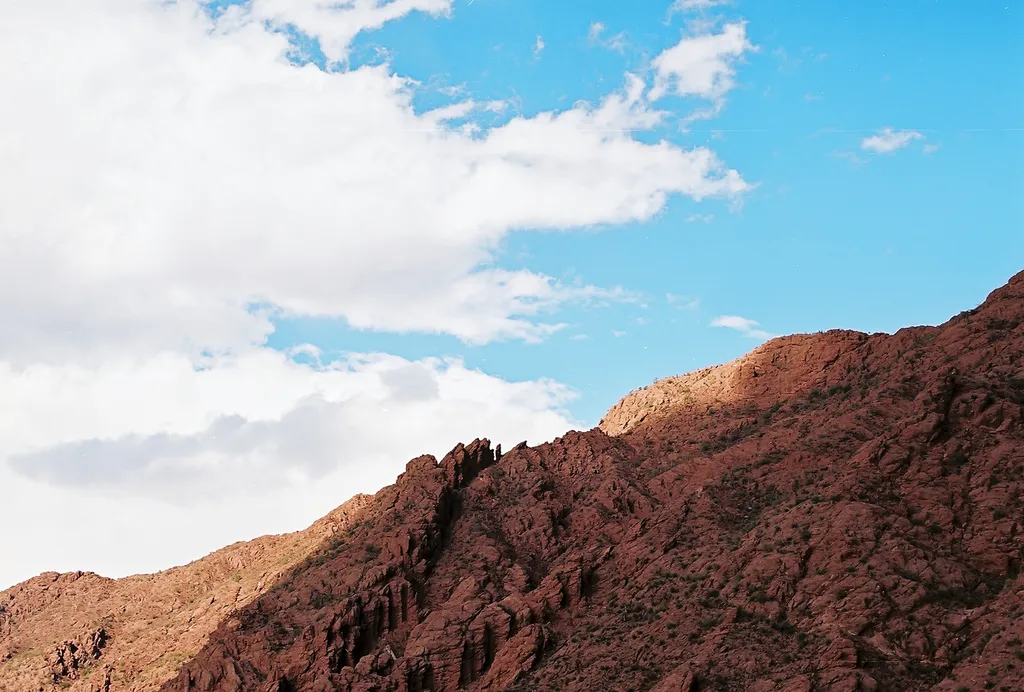
In landscape photography, color saturation is a crucial factor in highlighting the natural elements of an image. Ektar 100 is arguably the best film for this type of photography, at least among C-41 process films.
The support for 4×5 and 8×10 sheet formats exists mainly for this reason, as these formats are widely used in landscape photography. Impressive results can be obtained, with a richness of colors, tones, and a high level of detail.
Portrait and Advertising Photography
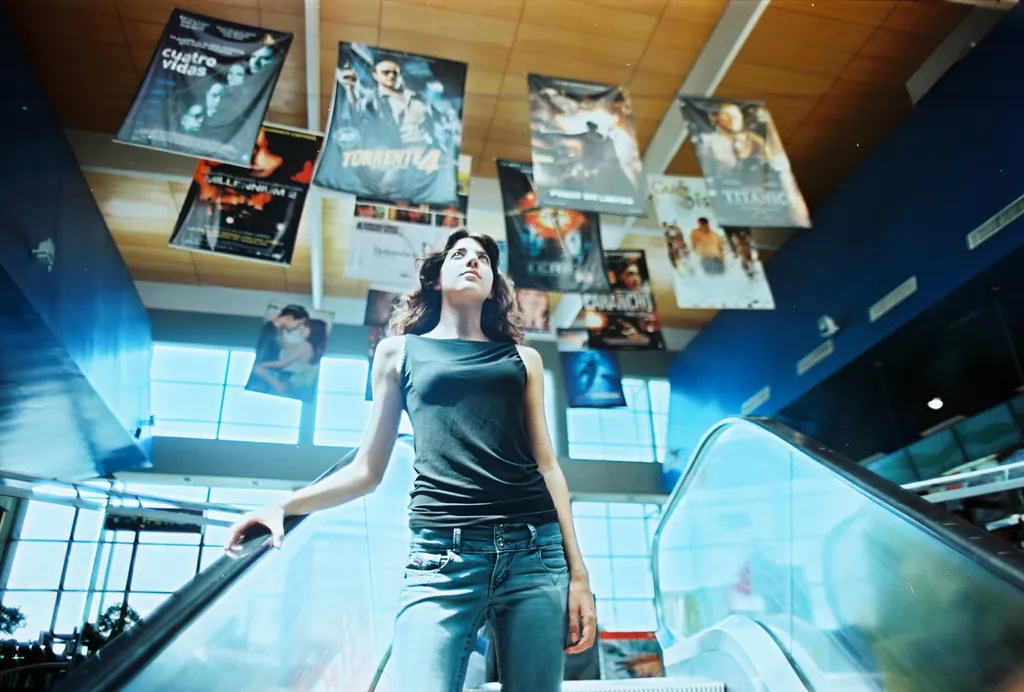
Another frequent use of Kodak Ektar 100 is in portrait photography or general advertising photography. The 35mm and medium format are the most commonly used formats by professionals. Some even prefer Ektar 100 over Kodak Portra, which is usually the most popular option for portraits, as it adds emphasis to skin tone colors.
With its high contrast and wide tonal range, Ektar 100 is also utilized for product photography and other related advertising photography. It is not uncommon to find a significant portion of professional photographs in the pages of renowned fashion magazines captured using this film.
Similar Films
Although film options today are more limited compared to the past, there are still some films that share similarities with Kodak Ektar 100. Some of these include:
- Kodak Portra 160: As mentioned earlier, Kodak Portra shares certain characteristics that make it an alternative to Ektar 100, particularly in terms of contrast quality, fine grain, and color richness.
- Kodak Pro Image 100: Kodak Pro Image is another professional-quality film produced by Kodak, which has been in the market even longer than Ektar 100. Although it is less popular today, it has slightly less contrast than Portra and Ektar and a tendency to emphasize yellow or golden tones. It is often used in wedding photography and outdoor photography in general.
- Fujifilm PRO 400H: Fujifilm Pro 400H was Fuji’s professional-grade option for many years, serving as an alternative to Kodak Portra 160/400. A couple of years ago, Fujifilm announced its discontinuation, but in 2022, it made a comeback, which was essentially a rebranding of Kodak Portra 400, as Fujifilm had stopped producing film some years prior. Thus, PRO 400H can be considered an alternative to Ektar, just like Kodak Portra.
Price and Buying Guide
In the past two years, film prices have increased nearly double compared to the last 10 years. This is mainly due to the closure of many film manufacturing facilities worldwide and the unexpected growth in demand (the positive side of the issue).
As a result, the price of Kodak Ektar 100 in 35mm format is nearly $20 per roll (5% cheaper than Portra), and for the 120 format, it is practically the same price. However, it is usually sold in packs of 5 rolls (around $70).
The most cost-effective method is undoubtedly buying it online and in packs to reduce the overall price.
Check prices on Amazon for the 3-pack of 35mm format.
Check prices on Amazon for the 5-pack of 120 format.
Kodak Ektar 100 Sample Images
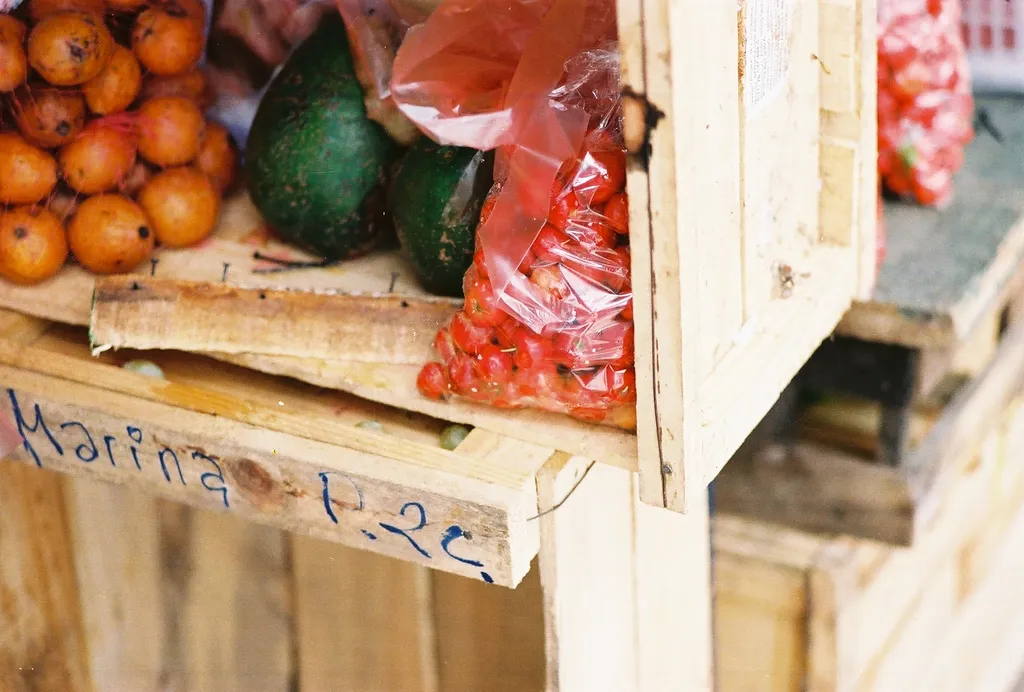
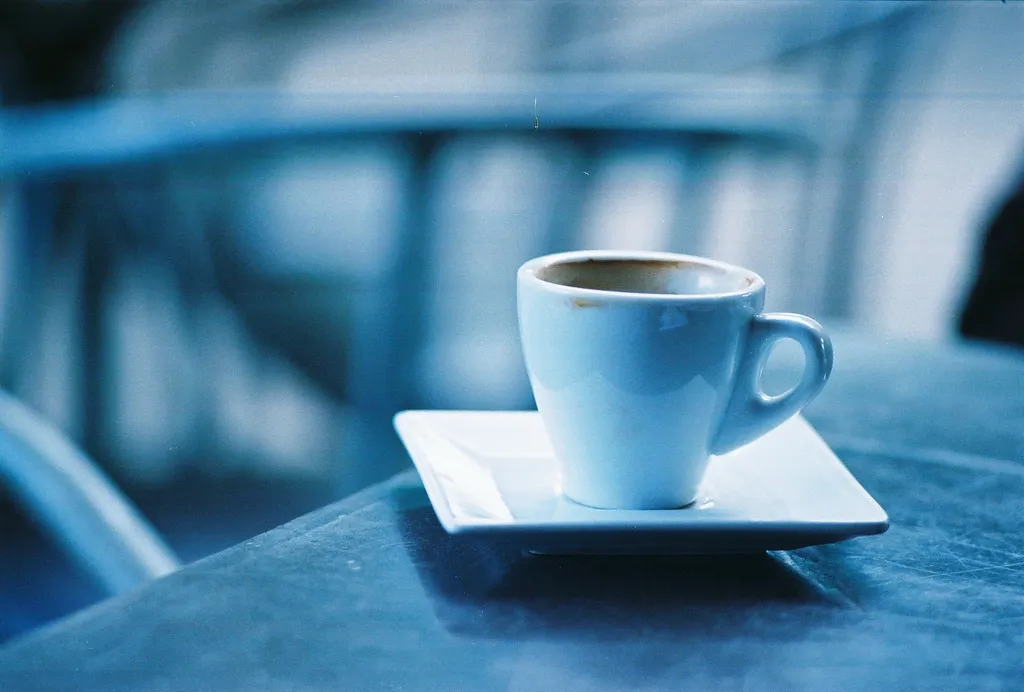

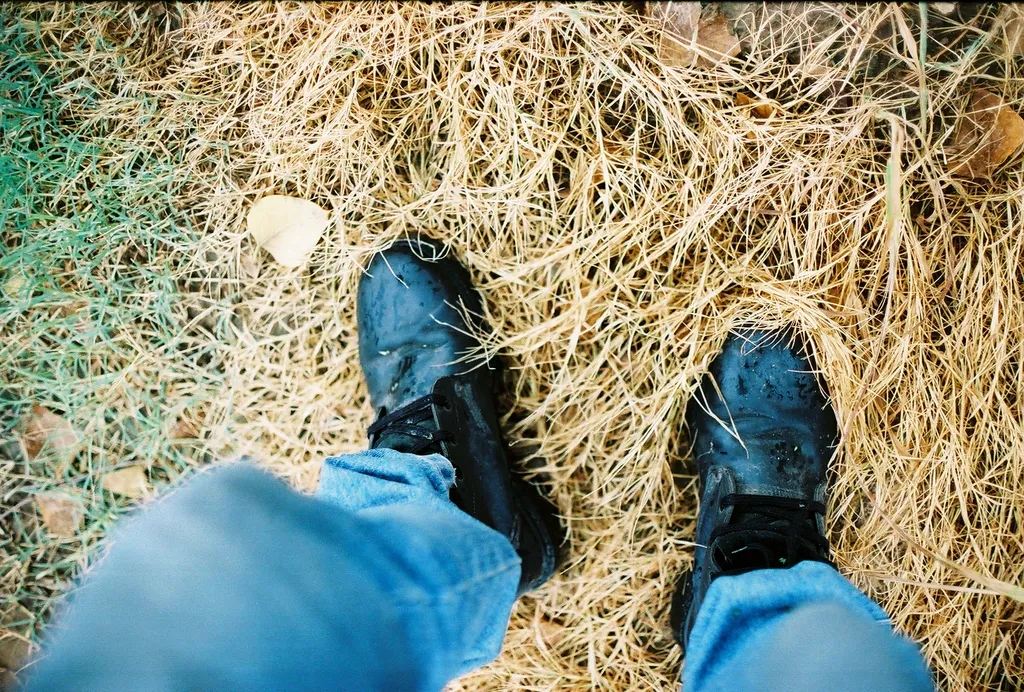
Conclusions
Personally, Kodak Ektar 100 is one of my favorite films, and I have been using it for nearly 10 years in both professional and personal projects. It possesses unique qualities, such as the level of detail achievable with a good professional lens, the flattering skin tones in portraits, and the contrast offered by a high-quality professional film without sacrificing tonal range. Let’s hope it continues to have a long existence in the market!

Written by Jorge Ferrufino
“I am a fashion photographer and an analog photography enthusiast since the beginning of my career (15 years ago). I have had the opportunity and honor of showcasing my work in various galleries and publications around the world.“

